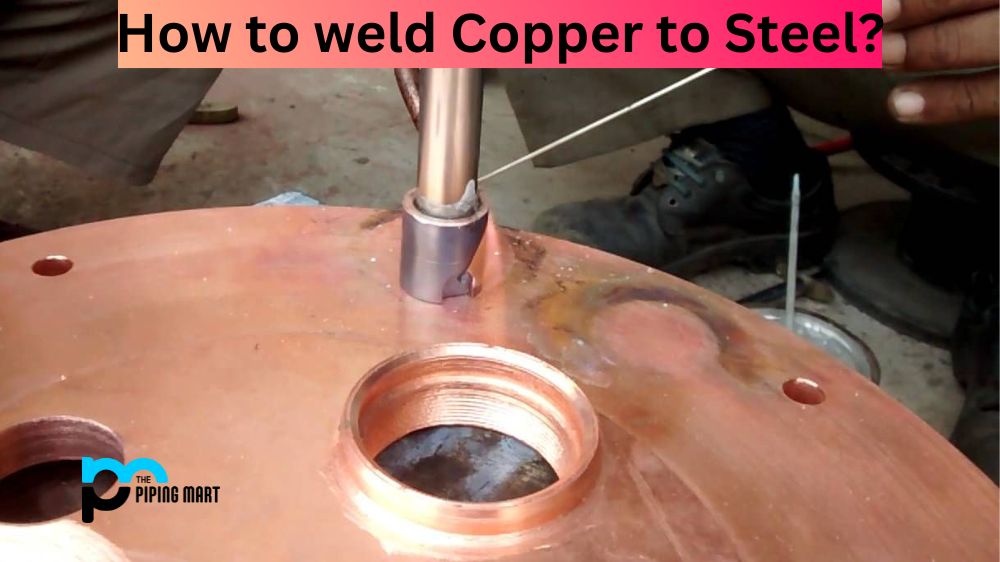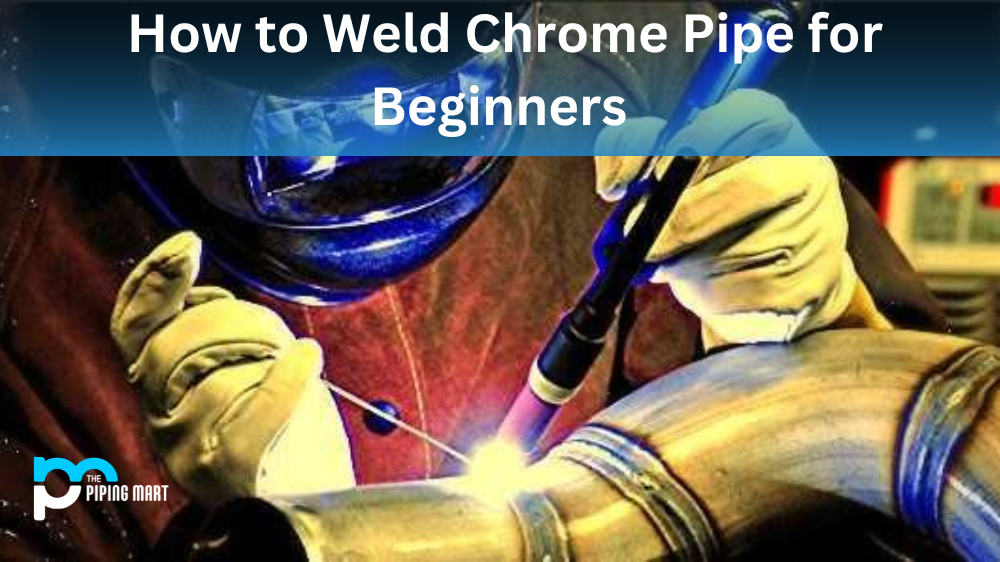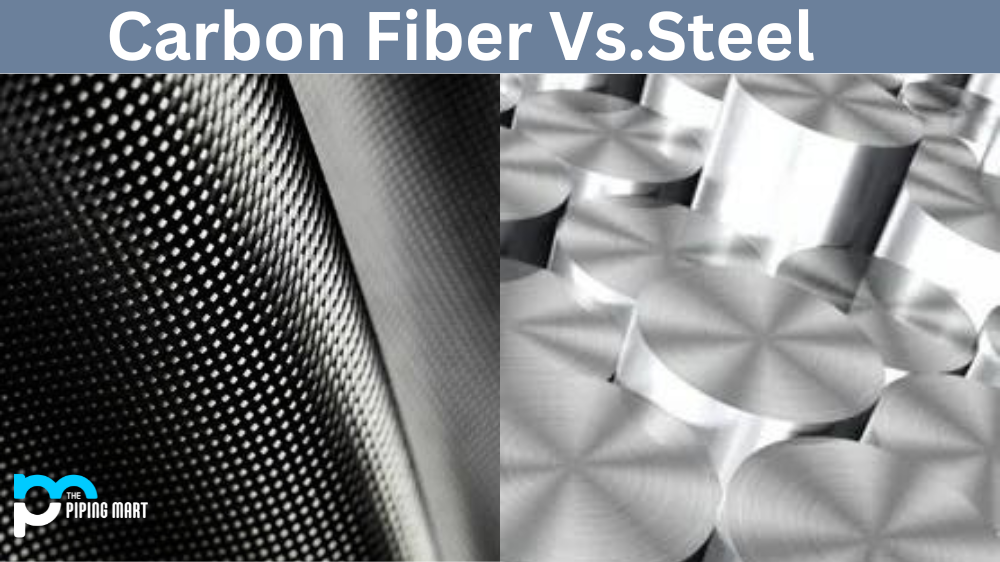Joining two different metals, such as copper and steel, can be a tricky process. That’s why it’s essential to know the basics of welding copper to steel before getting started. With the right techniques, you can achieve strong and reliable welds between these two metals. If you’re looking for an overview of how to weld copper to steel, then look no further! Keep reading for all the tips and tricks you need.
Preparation is Key
Before you begin any welding project, you must always take the time to prepare your materials properly. That means ensuring your steel and copper surfaces are clean and free from dirt or rust before welding them together. Cleanliness is key here—any dirt or debris on either surface could create weak points in your weld or even prevent the weld from forming altogether. So make sure all surfaces are clean before proceeding!
Choosing Your Welder & Filler Metal
The type of welder you choose will depend on the size and scope of your project; however, for most projects involving steel and copper, an arc welder is usually the best choice. When selecting a filler metal for this job, opt for one with good ductility properties—this will help ensure that your weld joint remains strong over time. It’s also important to note that some filler metals may require preheating before use; read all manufacturer instructions before beginning your project!
Welding Technique Matters Too
Once everything is prepped and ready, it’s time to start welding! As with any welding project, technique matters here, too—you want to make sure all your movements are slow and steady to achieve a strong bond between the two pieces of metal. Hold your arc welder at a slight angle just above where you want your weld joint to form—about 30 degrees should do it. Slowly move the welder along the joint line as you apply pressure evenly across both sides; be sure not to move too quickly so as not to disrupt the weld joint formation process! Once complete, let your work cool naturally before inspecting it for any signs of defects or weak points.
Welding Copper to Steel with Stick Welding
One of the most popular welding methods is stick welding. Stick welding utilizes an electric arc created between a consumable electrode rod and the material being welded. This method works well for welding copper to steel because it can reach temperatures significantly higher than other welding processes like MIG or TIG welding. The downside is that stick-welded joints are more susceptible to cracking due to their high levels of stress in comparison with other methods.
Welding Copper with Flux Core Arc Welding (FCAW)
Flux core arc welding (FCAW) is another common method used for joining different metals together, such as copper and steel. FCAW uses a continuously fed hollow wire electrode that contains flux within its inner core. When heated up, this flux releases gases that shield the weld from contaminants in the air while also helping create strong bonds between two separate materials without any additional shielding gas needed. Additionally, FCAW produces less splatter than stick welding, which makes cleaning up much easier and faster after completing your project!
Welding Copper with Gas Tungsten Arc Welding (GTAW)
Gas tungsten arc welding (GTAW) is another popular method used when joining different metals together, such as copper and steel. GTAW utilizes a non-consumable tungsten electrode that creates an arc between it and the workpiece being welded. This method provides excellent quality control over other methods because its precise heat input allows for better control over penetration depth into each metal being joined together. However, this technique requires more skill than other methods, so it might be best left for experienced welders who are familiar with GTAW techniques.
Conclusion:
Whether you’re an experienced welder or just starting out with your projects, knowing how to join two different metals like copper and steel can be daunting but rewarding! With these three basic techniques—stick, flux core arc, and gas tungsten arc welding—you will have all the knowledge needed in order to confidently tackle those difficult projects involving multiple metals! Don’t forget safety precautions, too; always remember eye protection when handling tools or materials near hot sparks or spatter during your projects! Good luck!

Pipingmart is a B2B portal that specializes in metal, industrial and piping items. Additionally, we share the latest information and information about materials, products and various types of grades to assist businesses that are involved in this business.




